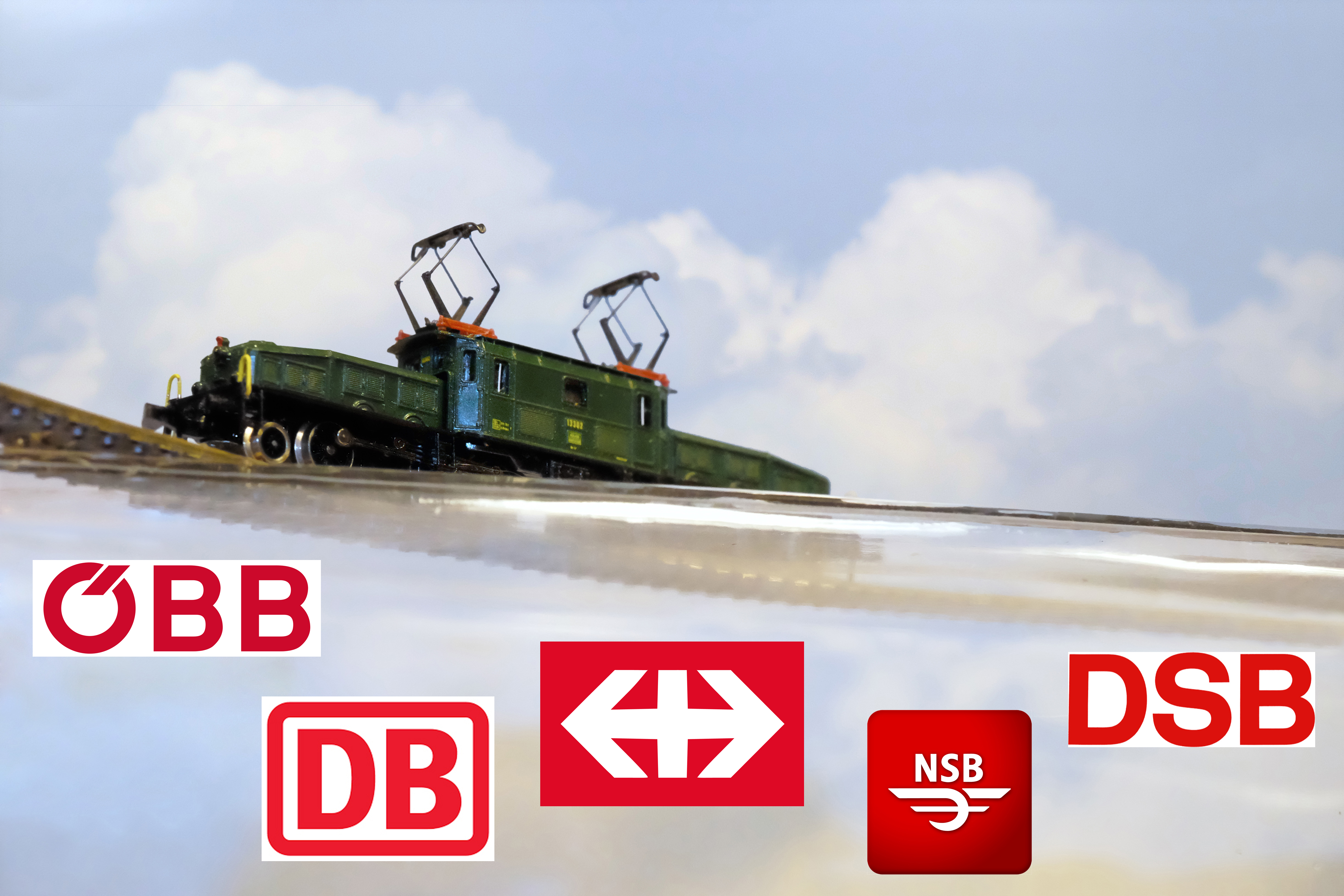The other day I submitted a post for your review which posed questions about the new brushless motors making their appearance in Marklin Z locos. And one example of a new release steam loco that had an operating issue that I included in that review.
The steam loco is the Bavarian 88923 with the very detailed running gear and side rods, out of the box it inexplicably stopped in the forward direction but ran well in reverse. Today I decided to problem solve the running performance and discovered some interesting things about the new motor.
Note: roller stands are great on those occasions a loco needs testing, they keep it in place so inspecting what is wrong is easy. Many companies make roller stands, this one is by Marklin (89932).

The new motor for the 88923 is a solid case brushless type that attaches to the end of the loco chassis in much the same way as the former 3 and 5 pole mini-club brush motors: a permanent gear mounted to the motor engages with the transmission gear whose other end is the worm gear which engages with the gears that move the wheels. The motor is secured to the chassis with a single screw like before, but the new motor has two alignment pins that engage in the end of the chassis which place the motor and chassis in precise alignment. Out of the box this loco ran rough in forward and stopped, but it ran well in reverse. I took the loco apart and removed the motor and transmission gear, I carefully reinstalled the transmission gear after applying a drop of oil on the worm gear and opposing gear, I was careful to align the two pins on motor with chassis applying a little pressure. It took 4-5 tries after moving the gears a little bit to properly seat the chassis and motor, but the tolerances seem to me to be more stringent with this new motor. The old motor assembly of the brush motors seem to have a little wriggle of the shaft and transmission gear alignment which suited that design well, but I believe the new motor assembly is a tighter system at this connecting point between motor/transmission gear/chassis. The glitch I experienced I believe was a very slight misalignment during assembly. I am happy to report that the loco runs like a dream, it is quiet and runs at very low speeds.
Photos: under the hood of the 88923 shows wire leads from motor soldered to chassis pick-ups which are taped down to facilitate removal and installation of shell. Note: solid motor case with no access points for oiling, this is a maintenance free system. Normal sparse oiling of wheel-sets still applies. Hiding wires will be part of this new world of mini-club, but this example has deep channels on each side to hold the wires flush and out of sight.


The new loco for Kay.Bay.Sts.B is not only a great runner, it is a wonder to watch the lively action of the side rods. The shell detailing and paint scheme complete this work of art, it is spectacular!!!!
Note: instructions that were packed with my loco show it with the old 5 pole E251 202. The installation of the new motor in this loco may not have been originally planned, but you will know which motor you have in this loco by looking at it: solid case is that of the new brushless motor original 3 and 5 pole motors had a center bushing that required a very lite drip of oil periodically.
Link: original instructions for the 88923 showing 5 pole brush motor thus incorrect oiling instructions are outlined
https://static.maerklin.de/damcontent/8e/b3/8eb3f2fa2c6e805cc71c54ea3801462c1489755052.pdf
Photo: view of two Bavarian class S 3/6’s with new brushless motor (bottom: 88923) and former brush motor type (top: 8108)

Siding: motor upgrades have been available for all the mini-club locos since the 5 pole was introduced on the BR 143 in 1998 with some requiring soldering, I don’t think future upgrades with the brushless motor will be available to convert this locomotive class in former releases due to the machining of the frame with the 2 motor alignment holes.
























































